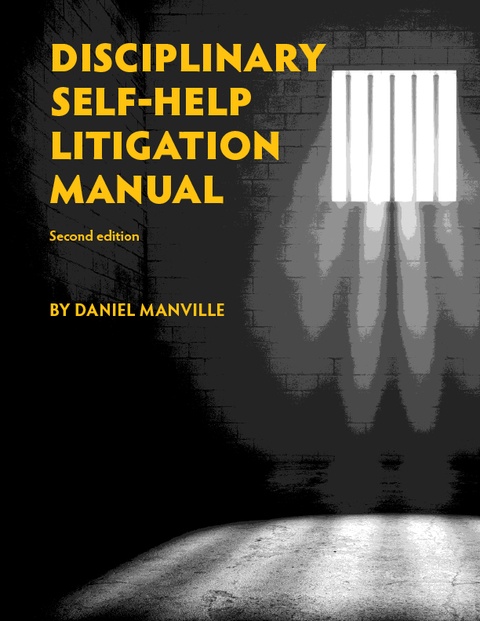by Casey J. Bastian
Defunding the police is not a new concept. The idea has just been largely ignored by lawmakers until recently. Advocacy groups have flooded city council meetings for years while making similar demands. Activist have been pushing officials to cease expansion of police and jail budgets and ...
by Casey J. Bastian
In recent years, law enforcement has realized the enormous potential to solve crimes by using genetic genealogy databases. New laws in Maryland and Montana seek to reconcile the usefulness of genetic genealogy data and consumer privacy. Consumer companies like FamilyTree DNA, 23andMe, Ancestry, ...
by Casey J. Bastian
During the past 20 years, the stun gun has become a popular weapon in the American law enforcement arsenal. First marketed as a “non-lethal” device, the deployment of stun guns has not decreased brutal police violence.
In the U.S., most law enforcement agencies rely on stun ...
by Casey J. Bastian
The death of Elijah McClain after a violent encounter with law enforcement in August, 2019, sparked local protests in Aurora, Colorado. In response to the inadequate departmental oversight, the Aurora City Council appointed an independent panel to investigate what went wrong. The panel issued a 157-page ...
by Casey J. Bastian
In yet another outrageous example of what constitutes “justice” in America, we have the story of 74-year-old Bobby Sneed. He has been imprisoned at one of this nation’s most perilous institutions for 47 years. Earlier this year, a 17-minute hearing before the Louisiana Board of Parole ...
by Casey J. Bastian
Is there an identifiable and preventable cause of crime? Experts have related trends in criminal activity to the economy, law enforcement-related activity and presence, societal demographics, and certain cultural issues. Causation has allegedly been linked to fatherless homes or a lack of education, both presumed to ...
by Casey J. Bastian
I’ve always known I didn’t trust humans with developing robotic technology. Of all the concerns I have, I now have to add possible mortal combat with robotic dogs to the list. Thanks Boston Dynamics. But thanks to Samantha Cole of vice.com, I know how to kick ...
by Casey J. Bastian
Christopher Tapp’s wrongful conviction and eventual exoneration is a case-study of overwhelming failures during the criminal justice process. It is an example of how abusive tactics and investigative failures can cost an innocent man decades of his life. These failures can also cost the victims a ...
by Casey J. Bastian
Federal and state law enforcement agencies have been increasingly using mobile device data warrants as a modern investigative tool. Authorities present technology service providers, such as Google, with “reverse location” warrants seeking electronic data information of all persons whose devices may have been at or near ...
by Casey J. Bastian
Eddie Lee Howard, now 67, is a Black man who spent more than a quarter-century fighting not only to prove his innocence, but for his very life. Howard has been on death row at Parchman Farm in Mississippi after being wrongfully convicted – twice. On August ...





